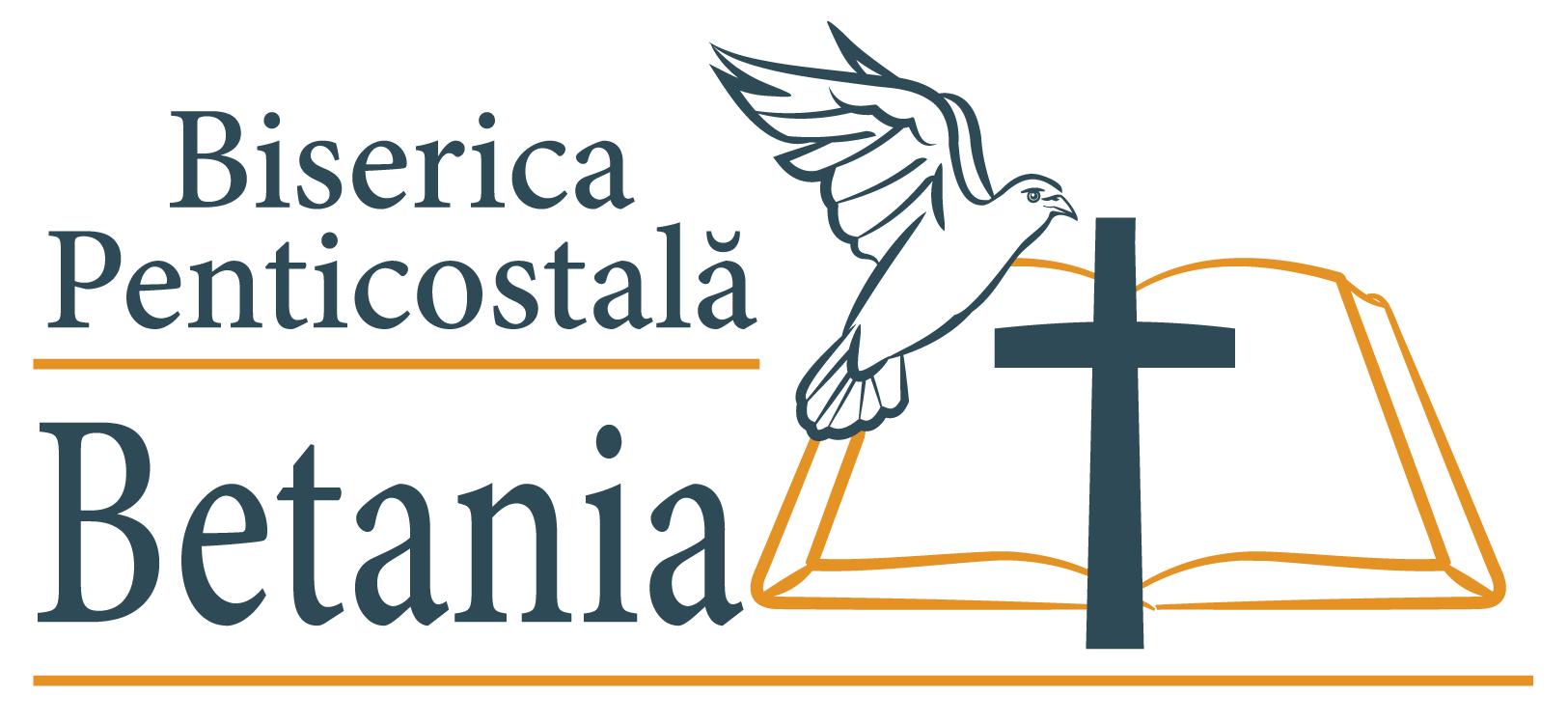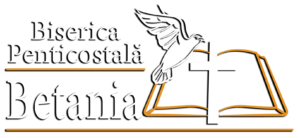6 aprilie
6 aprilie
Joi, 6 aprilie 2023, Leviticul 3:1-17 – Jertfele de mulțumire
Jertfa de mulțumire sau de părtășie, de pace, sărbătorea împăcarea (pacea) cu Dumnezeu, bazată pe sângele ispășitor. Era o sărbătoare a bucuriei, a iubirii și părtășiei. Jertfa de mulțumire se asemăna cu arderea de tot, dar avea și câteva diferențe: (1) nu folosea păsări și (2) permitea și animale femele (un doar masculi).
În principiu, jertfa de mulțumire era opțională, însă avea și caracter obligatoriu la câteva sărbători din an: la Sărbătoarea Săptămânilor (Cincizecimea) și la câteva ceremonii speciale: legământul (Exodul 24:5), înnoirea (Deuteronom 27:7), consacrarea (Exodul 29:19-34) etc.
Închinătorul care aducea jertfa de mulțumire trebuia să aducă animalul înaintea Domnului la poarta curții Cortului (v. 1, 2, 7, 12), să își pună mâna pe capul lui (v. 2, 8, 13) şi să-l înjunghie la ușa Cortului (v. 2, 8, 13). Apoi trebuia să separe anumite părți din animal – grăsimea, rinichii și grăsimea de pe ei, de pe coaste și ficat – pe care le ardea apoi pe altar. Animalul pentru jertfa de mulțumire putea fi mascul sau femelă, în timp ce animalul pentru jertfa arderii de tot putea fi doar mascul.
Preotul trebuia să stropească sângele pe altar, de jur împrejur (v. 2, 8, 13) şi să ardă partea Domnului deasupra arderii de tot (v. 5). Partea Domnului, numită ,,mâncarea unei jertfe mistuite de foc” (v. 11), era grăsimea din jurul organelor interne, în mod special al intestinelor, ficatului și rinichilor. Alături de sânge, și grăsimea era o parte rezervată Domnului. Sângele era simbolul vieții, iar grăsimea era simbolul cărnii de jertfă. Din acest motiv s-a dat israelienilor legea de a nu mânca niciodată grăsime și sânge (v. 17).
În Levitic 7:32-33 se menționează că preotul care oficia slujba primea coapsa dreaptă, iar ceilalți preoți primeau pieptul animalului (7:31). Închinătorul care aducea jertfa de mulțumire primea restul jertfei (7:15-21). Aceasta era singura jertfă din care închinătorul care o aducea primea o parte pentru a o consuma acasă cu familia sau prietenii.
Începem rugăciunea din această dimineață mulțumindu-I lui Dumnezeu pentru că avem milioane de motive să fim mulțumitori. Apoi vom continua rugăciunea cerând Domnului puterea de a ne disciplina pentru a mulțumi cel puțin la fel de mult cât cerem.
Pastor Luigi Mițoi
Thursday, April 6, 2023: Leviticus 3:17 – The Fellowship Offering
The offering of thanksgiving or fellowship, also called the peace offering, celebrated reconciliation (peace) with God, based on atoning blood. It was a festival of joy, love, and fellowship. The fellowship offering was similar to the burnt offering but had a few differences: (1) it did not use birds and (2) it allowed female animals (not just males).
In principle, the offering of thanksgiving was optional, however it was mandatory at several festivals during the year: the Feast of Weeks (Pentecost) and several special ceremonies such as the covenant (Exodus 24:5), renewal (Deuteronomy 27:7), consecration (Exodus 29:19-34), etc.
The worshipper who brought the fellowship offering had to bring the animal before the Lord at the gate of the court of the Tabernacle (v. 1, 2, 7, 12), lay their hand on its head (v. 2, 8, 13), and then slay it at the door of the Tabernacle (v. 2, 8, 13). He then had to separate certain parts of the animal – the fat, kidneys, and fat from the loins, ribs, and liver – and burn them on the altar. The animal for the offering of thanksgiving could be male or female, whereas the animal for the burnt offering could only be male.
The priest had to sprinkle the blood around the altar (v. 2, 8, 13) and burn the Lord's portion above the burnt offering (v. 5). The Lord's portion, called “the food offering” (v. 11), was the fat around the internal organs, especially the intestines, liver, and kidneys. Like the blood, the fat was reserved for the Lord. Blood was the symbol of life, and fat was the symbol of sacrificial flesh. For this reason, the Israelites were given the law not to eat fat or blood (v. 17).
Leviticus 7:32-33 mentions that the officiating priest received the right thigh, while the other priests received the breast of the animal (7:31). The worshipper who brought the fellowship offering received the rest of the offering (7:15-21). This was the only offering from which the worshipper received a portion to consume at home with family or friends.
We begin our prayer this morning by thanking God for the millions of reasons we have to be grateful. Then we will continue our prayer by asking the Lord for the power to discipline ourselves to be as thankful as we are demanding.

